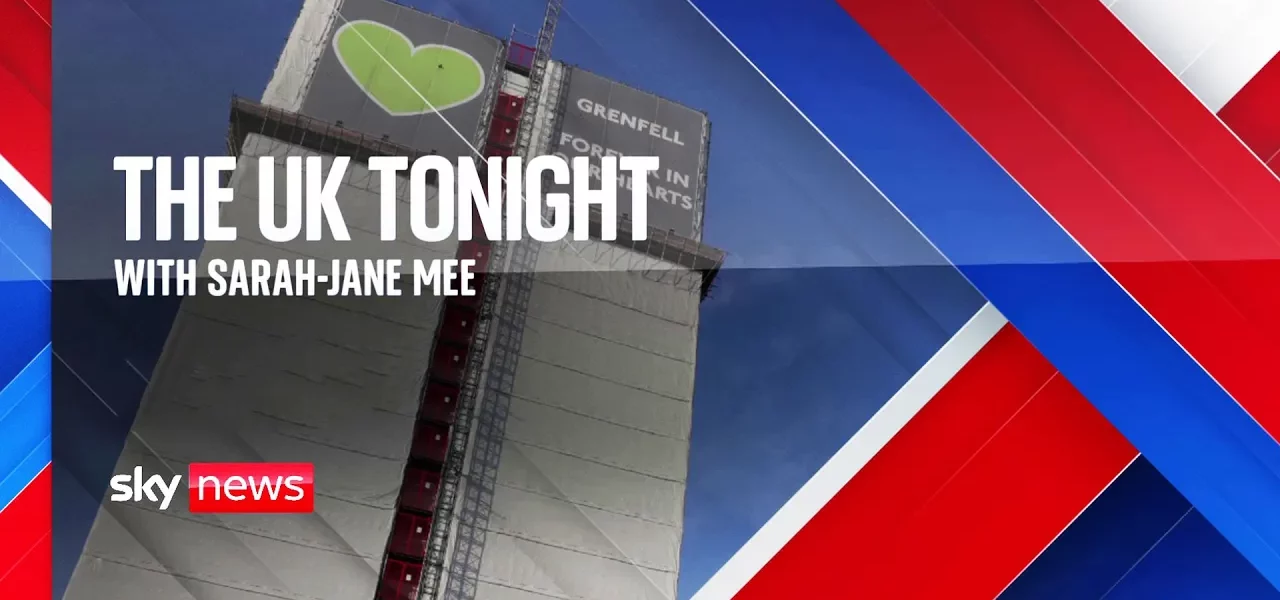Grenfell Tower Tragedy: A Comprehensive Analysis of the Final Report

This article delves into the damning findings of the final report on the Grenfell Tower disaster, highlighting systematic failures, survivor accounts, and ongoing calls for justice to ensure that such a tragedy never occurs again.
Introduction
The Grenfell Tower fire, which occurred on June 14, 2017, was one of the deadliest residential fires in the UK, claiming the lives of 72 individuals. The tragedy was not just a result of a singular event but a culmination of decades of negligence, systemic dishonesty, and profit-driven motives within the construction industry and government oversight. The final report, spanning nearly 1700 pages, has revealed shocking truths about how such a calamity could have been allowed to happen, and it underscores the urgent need for accountability and reform in building safety regulations.
Key Findings of the Report
The report has highlighted several critical failures leading up to and during the Grenfell Tower fire. Below are the main points that emerged from the inquiry:
1. Systematic Failures by Government
Successive governments ignored warnings regarding the dangers of combustible cladding, demonstrating a clear pattern of negligence:
- Warnings about dangerous cladding were issued as early as 1991.
- The government failed to act, despite knowing the risks associated with such materials.
- Privatization of safety regulations led to gaps in accountability.
2. Complicity of the Construction Industry
Several construction companies have been implicated in manipulating fire safety tests and using substandard materials:
- Arconic, Celotex, and Kingspan were identified as key players in supplying combustible materials.
- The inquiry found evidence of systematic dishonesty in their marketing and testing practices.
- These companies prioritized profits over public safety, which directly contributed to the rapid spread of the fire.
3. Failures of Safety Testing Organizations
Organizations responsible for certifying safety standards also failed in their duties:
- The former Building Research Establishment, tasked with ensuring product safety, sacrificed integrity for commercial interests.
- Insufficient oversight allowed dangerous products to enter the market without proper scrutiny.
Survivor and Family Perspectives
The inquiry has brought forth the voices of survivors and families who lost loved ones, emphasizing the emotional toll of the tragedy:
1. Calls for Justice
Families have expressed frustration with the slow pace of justice, emphasizing that:
- The deaths were avoidable, and those responsible must be held accountable.
- Many survivors feel that only criminal prosecutions will deliver true justice.
- There is a strong desire for a memorial that honors the lives lost and ensures the community’s story is told.
2. Long-term Impact on the Community
The Grenfell disaster left deep psychological scars on the local community:
- Survivors continue to experience trauma and survivor’s guilt.
- Community members stress the importance of remembrance and advocate for meaningful change to prevent future tragedies.
Recommendations for Future Safety
In light of the findings, the report outlines several recommendations aimed at preventing similar disasters:
1. Establishment of a New Regulator
A crucial recommendation is for a new independent body to oversee building safety regulations:
- This body would ensure compliance with safety standards across the construction industry.
- It aims to restore public trust in building safety oversight.
2. Stricter Regulations and Enforcement
Experts have called for stronger regulations to prevent exploitation by manufacturers:
- Regulations must be robust enough to deter dishonest practices.
- Enforcement mechanisms should be established to ensure compliance across the board.
Conclusion
The Grenfell Tower tragedy was a catastrophic failure on multiple levels, and the final report sheds light on those responsible. The findings have ignited a renewed call for justice and accountability. As the community continues to grieve, it is imperative that system-wide changes are implemented to ensure the safety of residents in high-rise buildings across the UK. The road to justice is long, and it is the responsibility of both the government and the construction industry to ensure that such a tragedy is never repeated. We urge readers to stay informed and advocate for change in building safety standards.
For more information on the ongoing fight for justice and safety reforms, please visit our related articles on building safety reforms and justice for Grenfell survivors.
“`




